Early this morning I posted this on Greater Lovell Land Trust’s Facebook page: “Wear your long johns and hand warmers as you head out on a trail today. Maybe you’ll choose the Homestead/Hemlock route to the picnic table. If you do, look for tracks along the way, including turkey and red fox. And bring some hot cocoa to sip when you reach the table or return to your vehicle. To the table and back is two miles; or you can extend your trip and climb Amos Mountain. #greaterlovelllandtrust #takeahike #getoutside #lovellmaine #maine“
And then we did just that. Well, not exactly that. We didn’t actually follow the Homestead Trail, but did connect to the Hemlock and a series of other trails as well, which you can see if you check out our route as outlined in black on this map.
Conditions were such that we chose micro-spikes over snowshoes (though it sounds like there’s a decent storm on the horizon–finally). More important than footwear, however, was the fact that we wore layers to fend off the low temp and wind chill.
Soon reaching the summit of Whiting Hill, we took in the view of Kezar Lake and the mountains to the west, reminiscing on First Day Hikes in past years that brought us to this summit and noting this would have been the same destination for 2021, albeit via a different route, if COVID-19 hadn’t interrupted the plan.
Turning from Whiting Loop to the Hemlock Trail, at least one old bear tree begged to be honored and so we did, its claw marks disappearing among the cankers of Beech Scale Disease more and more each year.
Eventually we reached the picnic table I’d encouraged people to visit in my morning post and realized a couple had done just such. I wasn’t sure they had done so because of my suggestion or just because . . . they live nearby. My guy was impressed when I named the likely creators of such tracks. Notice the pattern of mittens on the bench.
After arriving home, I reached out to the likely suspects and discovered I’d nailed it. Ah, said mittens.
Responded Dale, with these photos of he and his wife Kitty when I inquired, “Yes Leigh, that was us. You ARE a good tracker.” It’s all about knowing the local community and those who call it home 😉 There were plenty of wildlife tracks as well, ranging from mouse to fisher, porucpine, and fox.
While Dale and Kitty had turned around at the picnic table, my guy and I continued up, climbing part way up Amos Mountain Trail and then turning west on the Heritage Trail, where we eventually reached the scenic outlook over an area formerly known as Devil’s Staircase, where more memories overtook us as we recalled a Devil of a Mondate.
Eventually, we found our way down part of the Rogers Family Trail where ice flows off the ledges next captured our attention.
And my guy grudgingly posed to add perspective to the scene.
But really, that ice.
Back up to the Heritage Trail, El Pupito came into view.
The stained-glass view beyond the pulpit once again offered views of Kezar Lake’s Upper Basin.
We paused to pontificate as one cannot help but do in this setting. And my guy found it much more to his satisfaction to pose as long as I did the same. Notice our rosy cheeks.
And then the journey continued, with the summit of Amos Mountain our next stopping point. Again we could glimpse the lake as we soaked up the sun’s rays.
Finally heading down Amos Mountain, we turned eastward at the intersection with Heritage, passing by a foundation that once belonged to the man for whom the mountain was named, before eventually reaching the Mystery Structure, its stone configuration often a site of contemplation.
Three and a half hours later, and almost seven miles under our belts, we arrived back at the mill site at the outlet of Heald Pond where we’d begun our journey.
For my guy, the finds included two geocaches.
Both were in great shape. Lately, we’ve unearthed some that have been wet, and either frozen or moldy. Also, the boxes included pencils, a great alternative to pens as the ink freezes when the temp is as low as it was today.
He wasn’t the only one pleased with discoveries. Mine included the shed skin of a Gypsy Moth larva, and dark brown shell that the new skin of the same caterpillar had hardened into so it could pupate. Though not a pleasant find, I’m forever intrigued by its alien form.
There was also a Polyphemus Moth cocoon to notice, oval in shape and featuring a tough outer layer of silk.
But the best find of all was one we made and honored together: a bear claw tree featuring scratches made within the last five years as based on the size of the lines.
We’re so glad we heeded my suggestion and headed out today, truly thankful for long johns and hand warmers. and layers upon layers of clothing.
Though we didn’t meet anyone else on the trail, which is actually our preferred way in these times, we knew by the signs left behind that Dale and Kitty had been there, and when we returned to our truck discovered a note on the windshield with this note: “Who Cooks For You?” We had our suspicions about the authors and turns out we were right again.
The finds of this day were plentiful. As was the beauty.





















































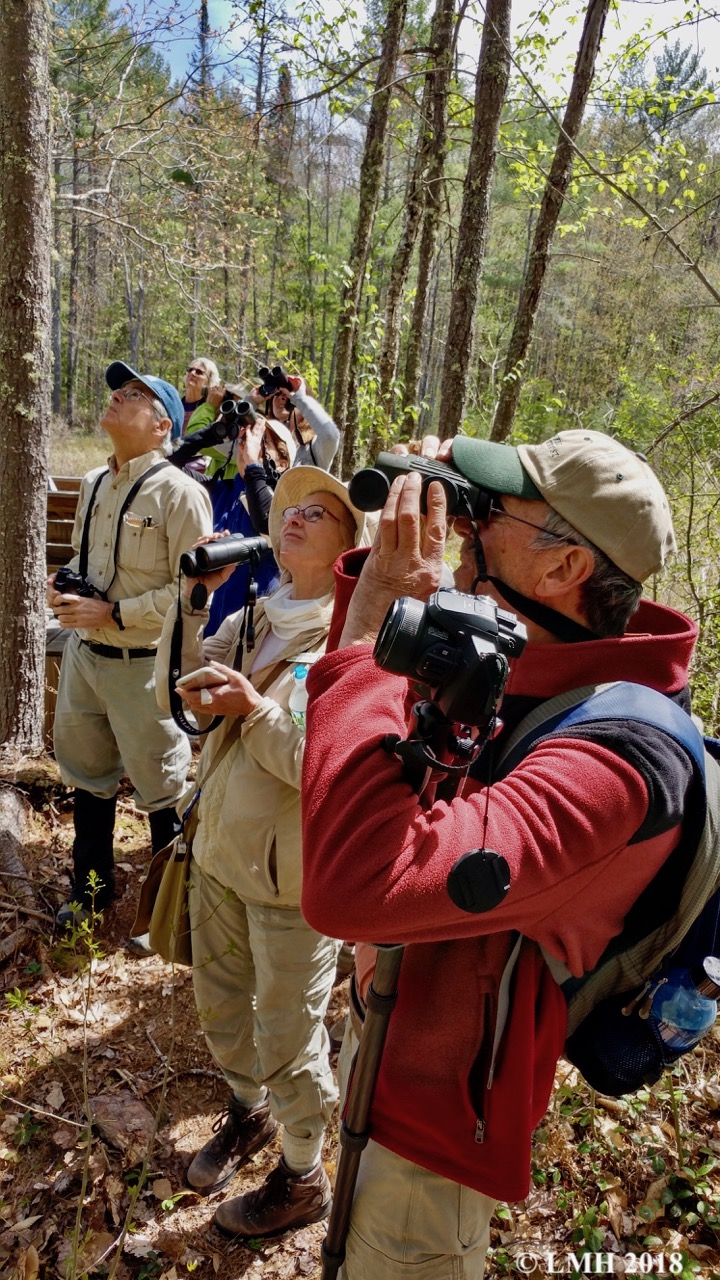













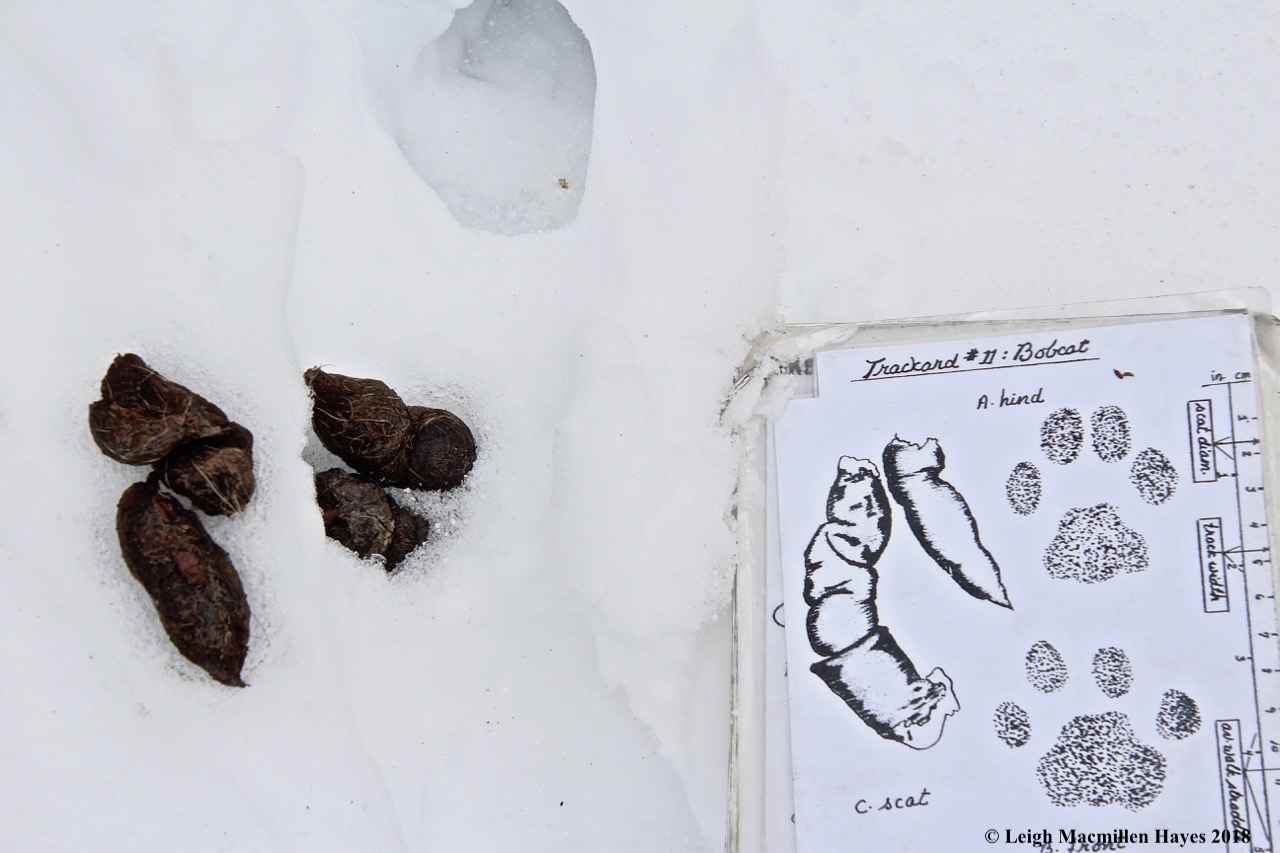





























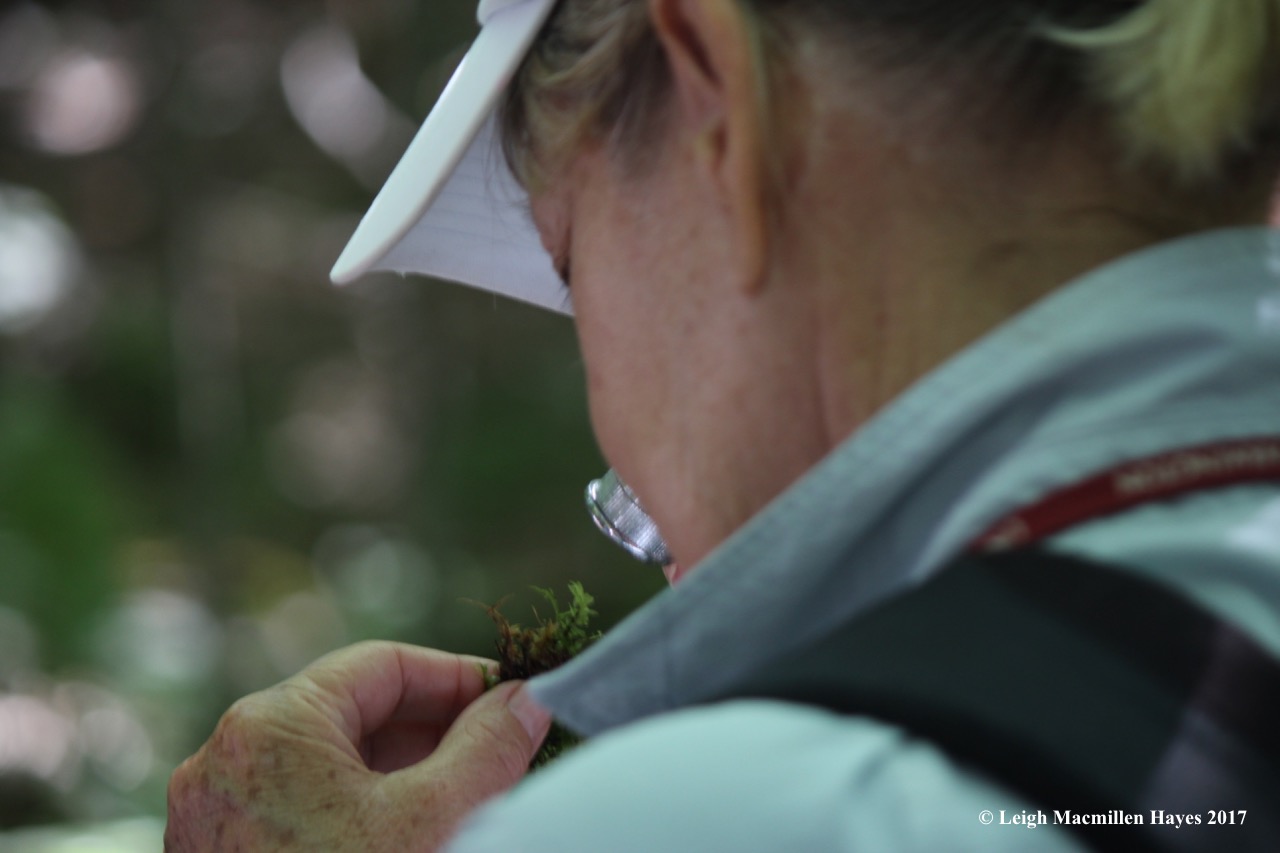












































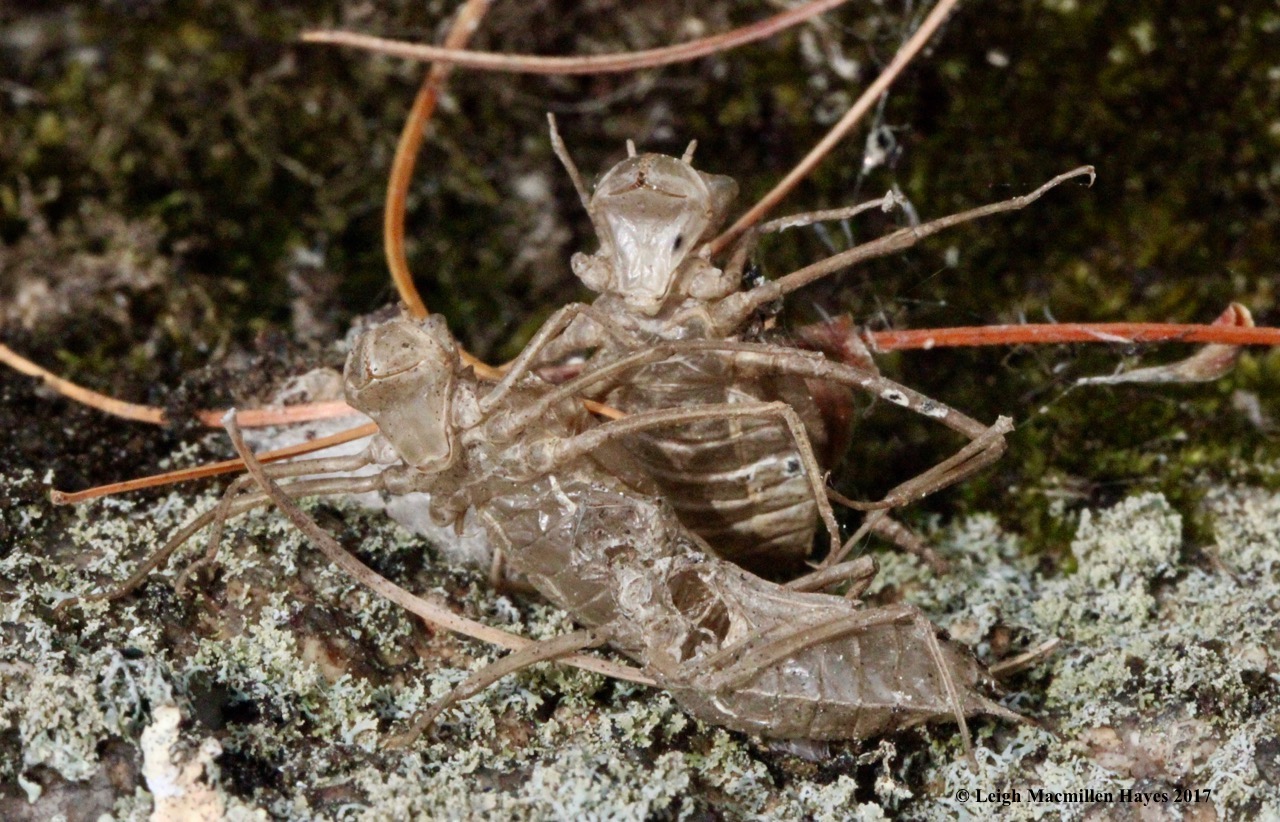








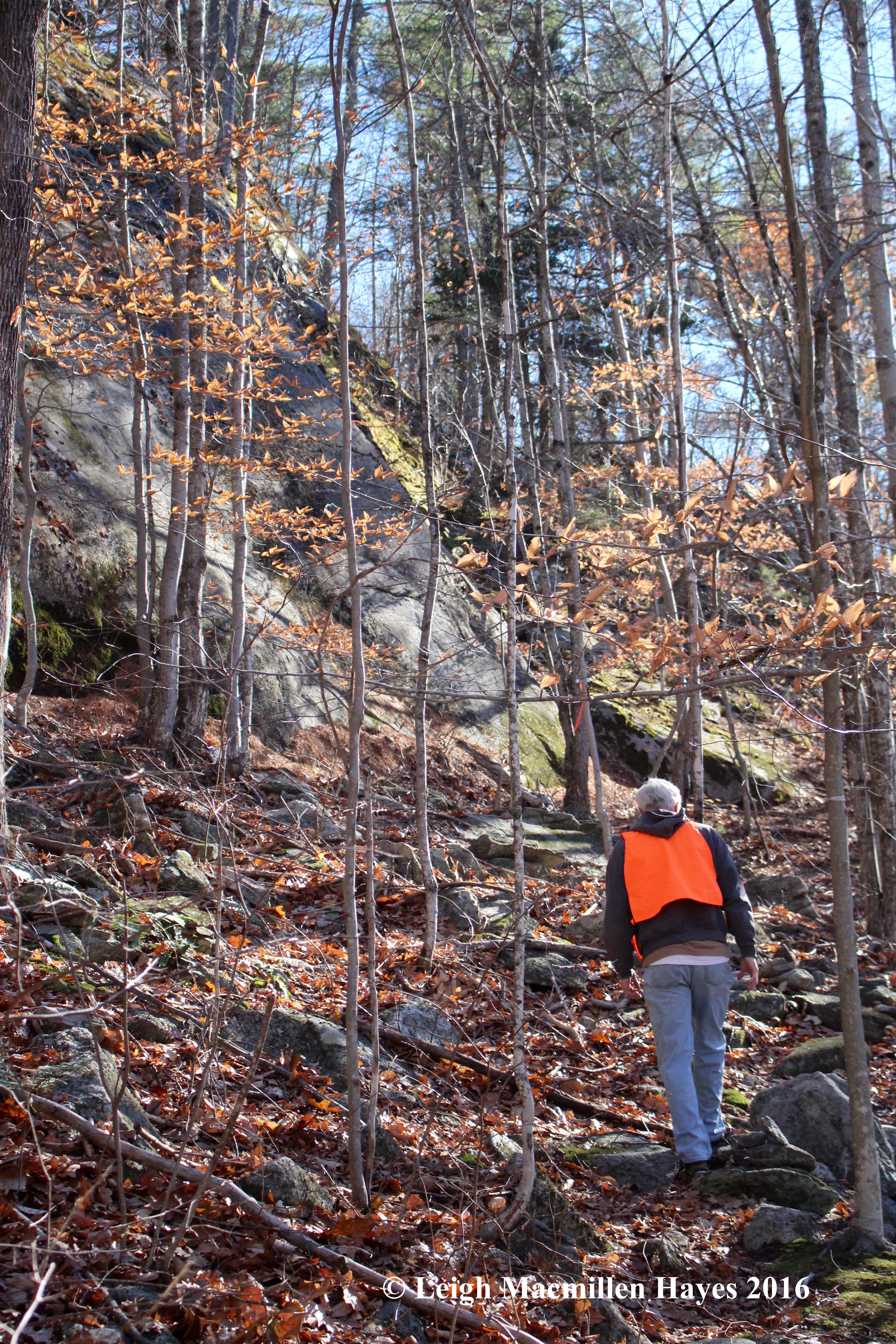








































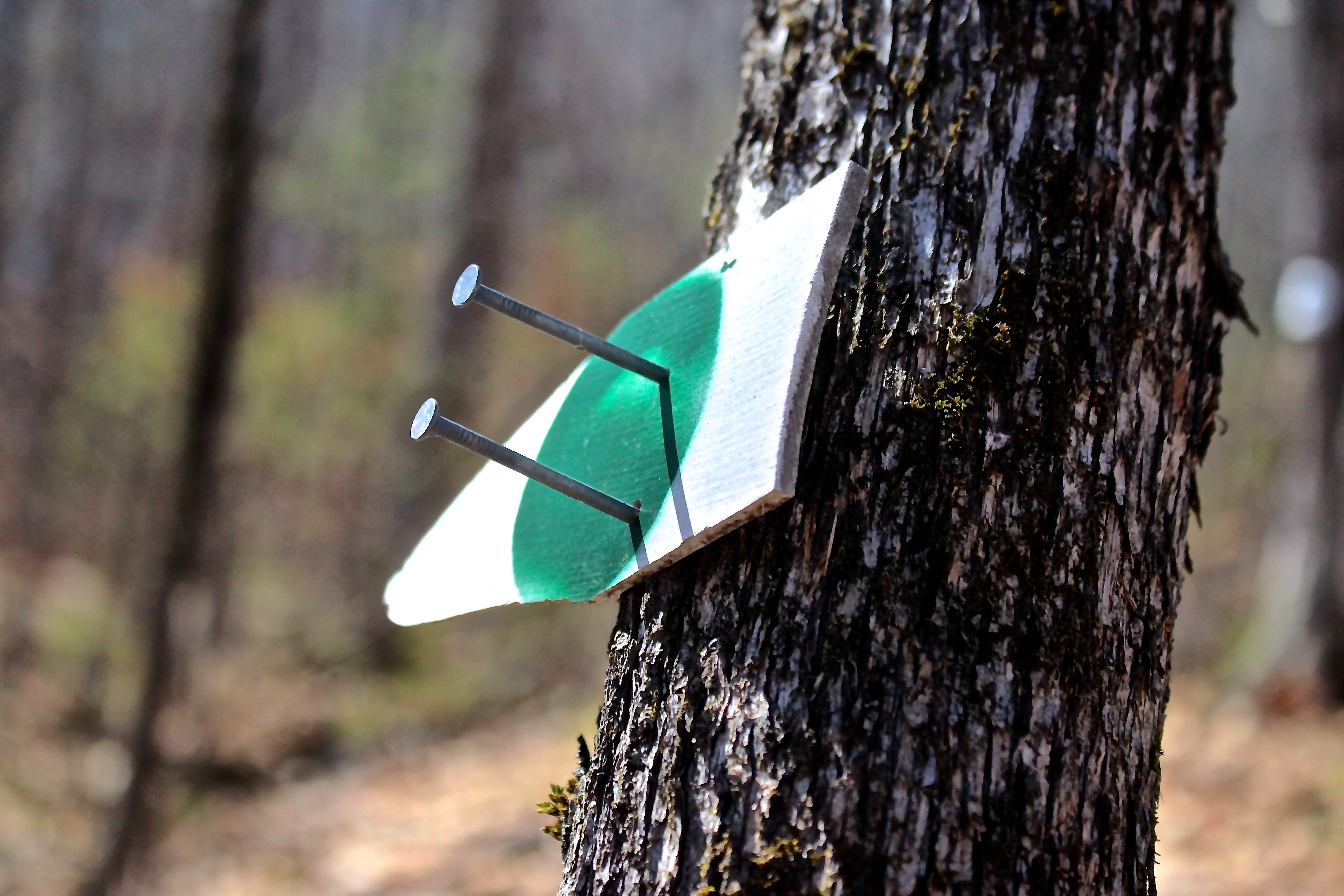



















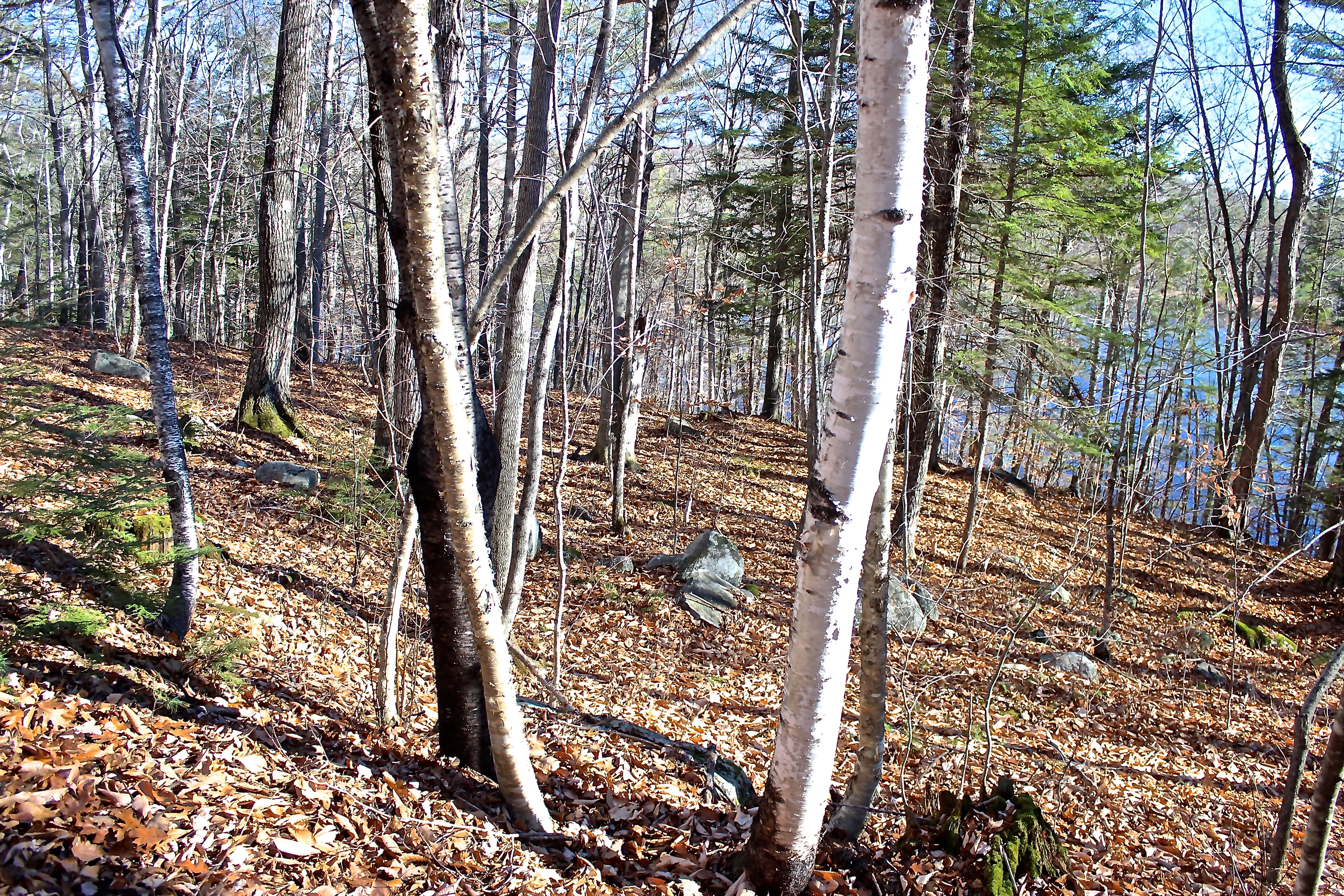





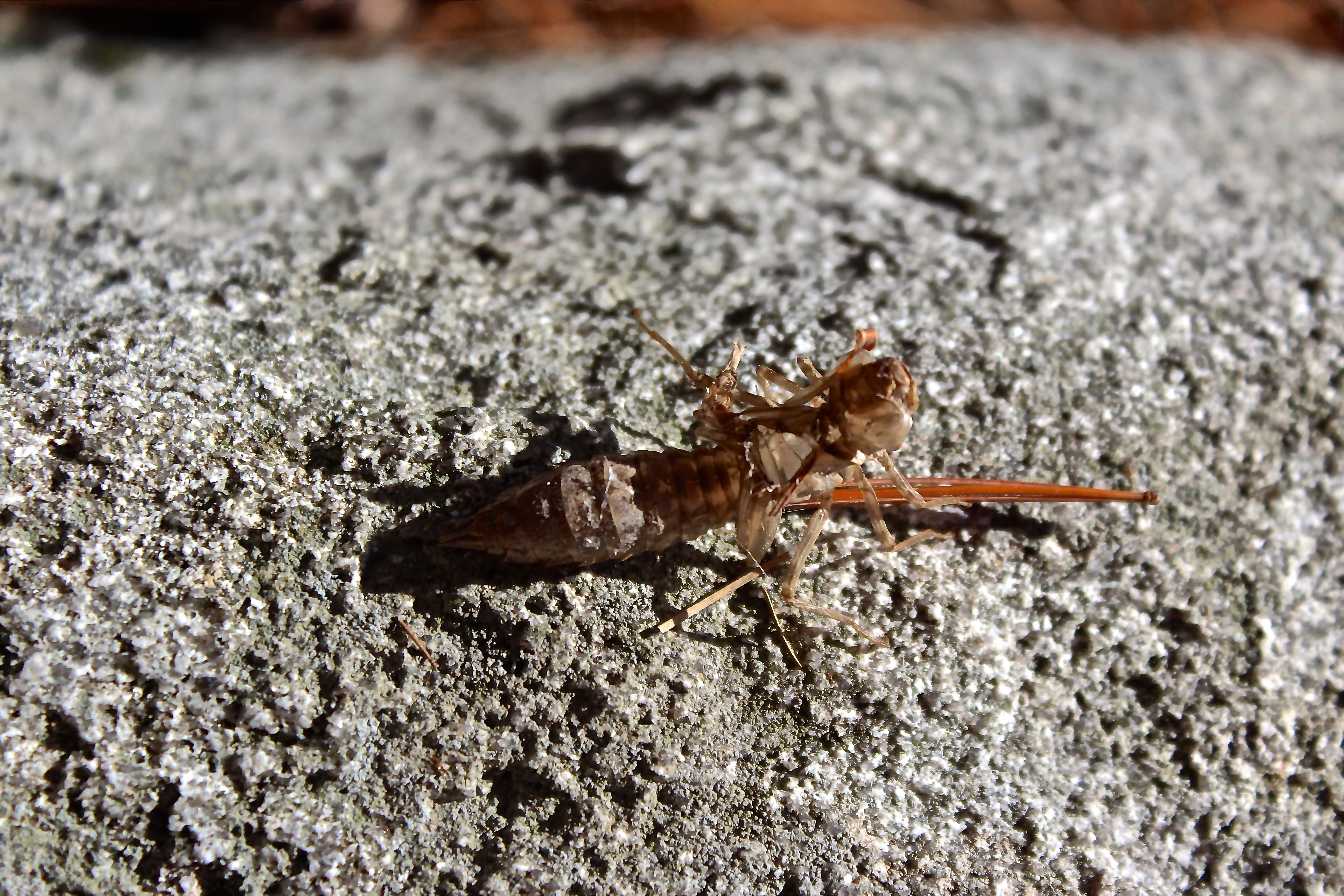

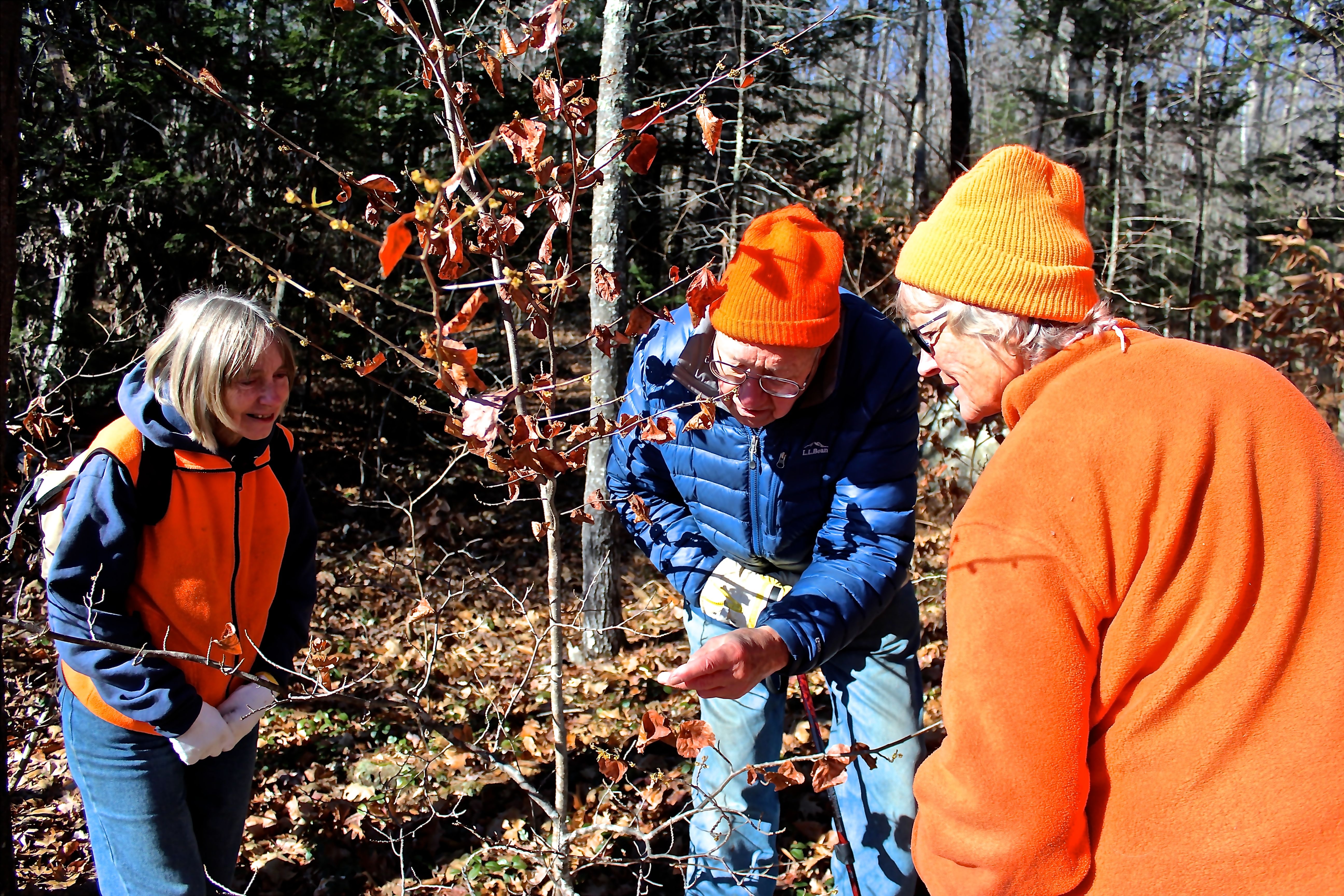








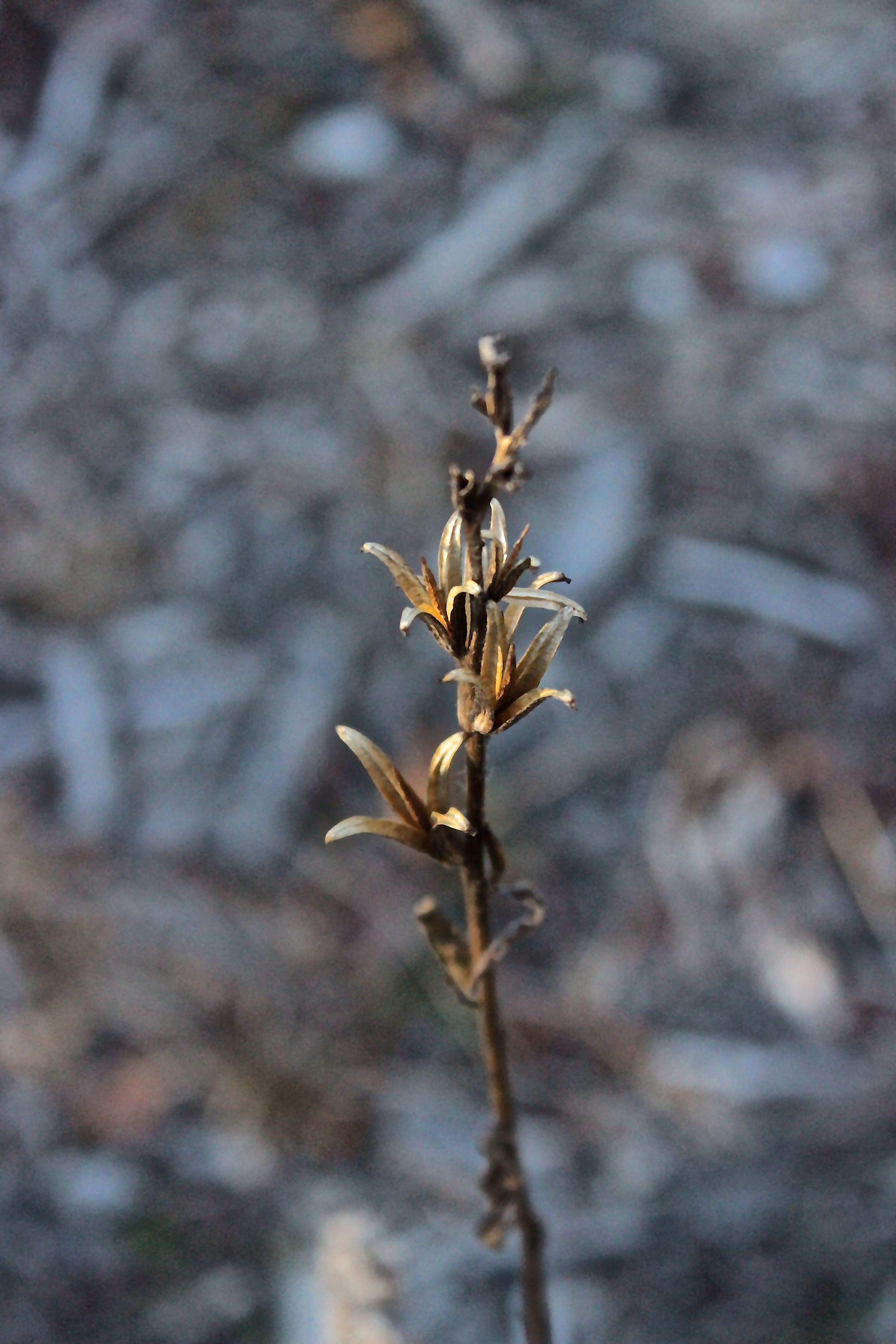













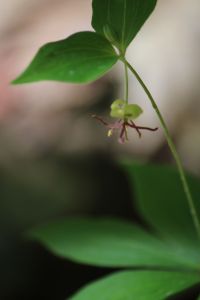










You must be logged in to post a comment.